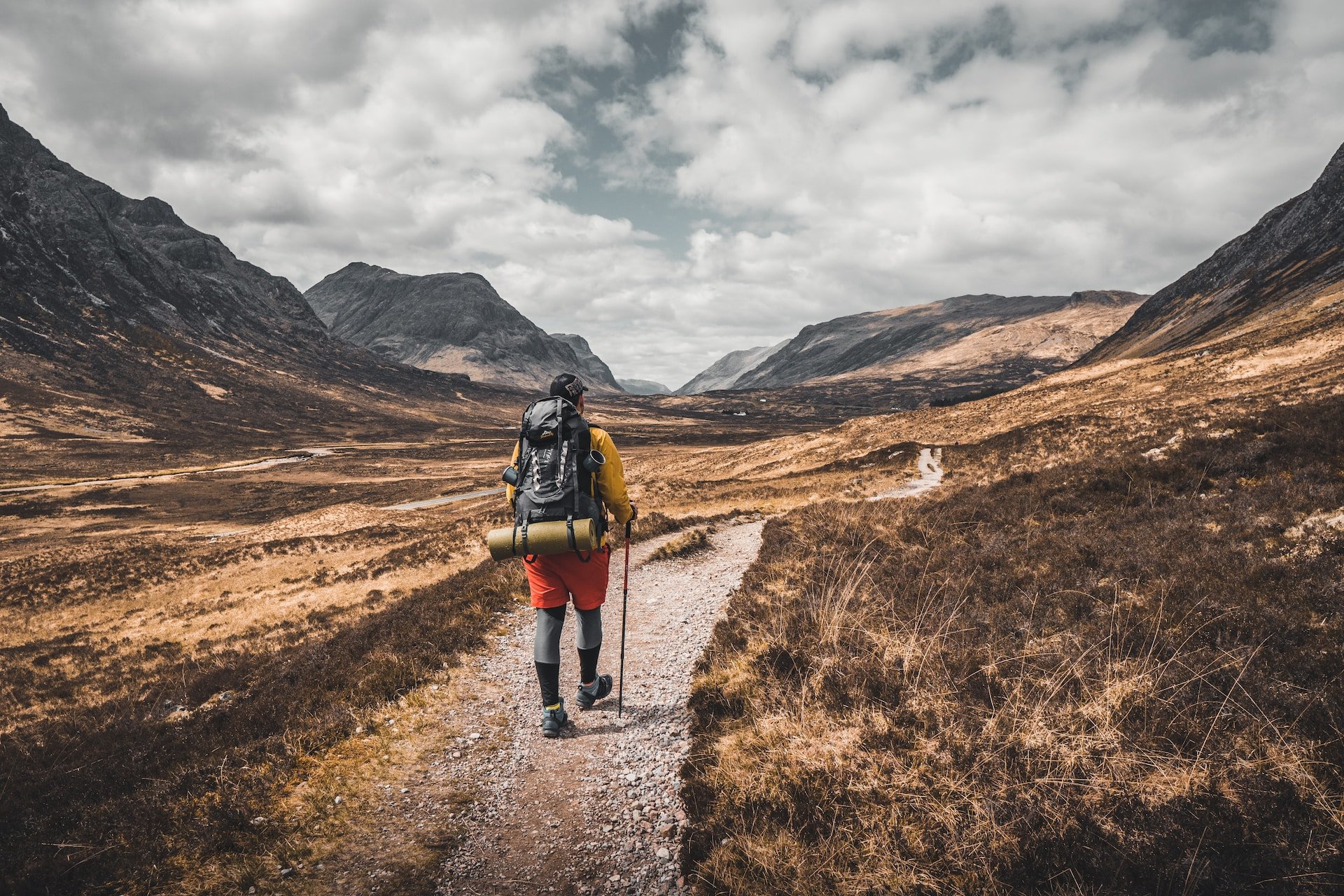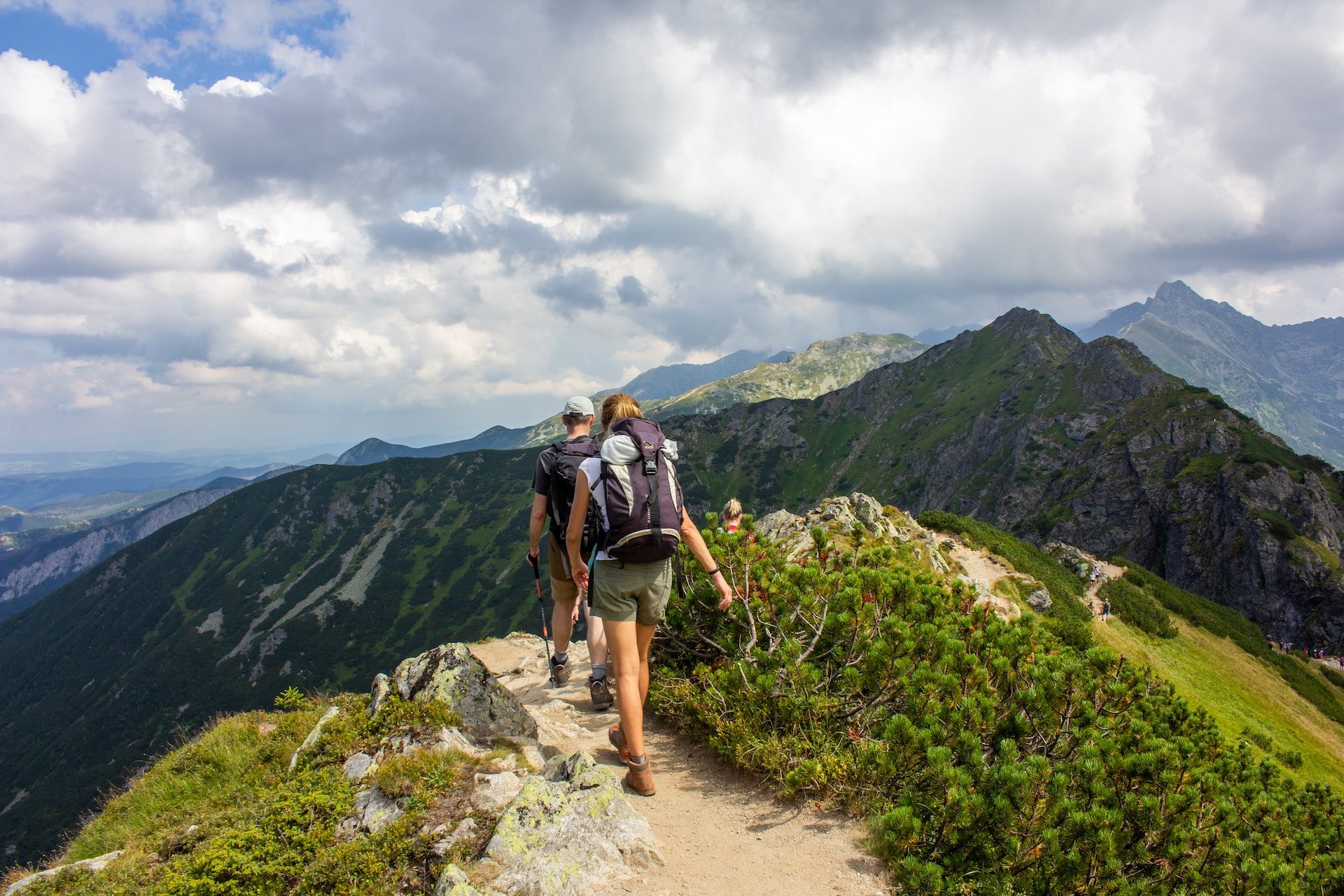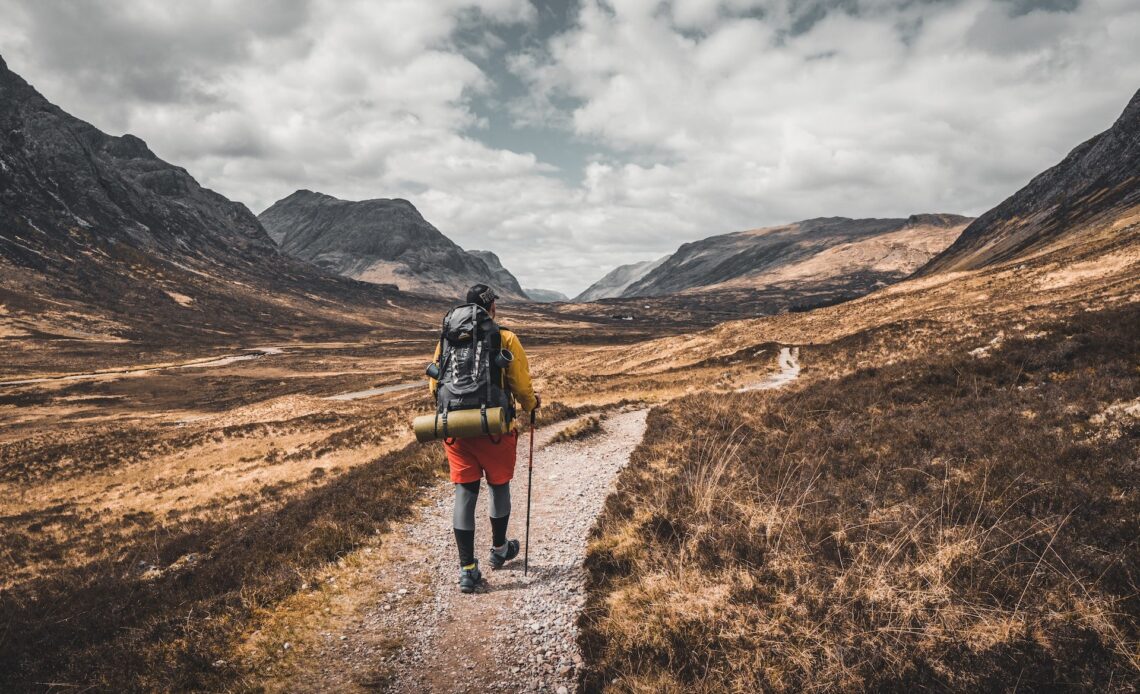Take a hike! No, really, immerse yourself in nature and take a hike. Trekking through the great outdoors can be an incredibly calming experience and a great way to stay fit.
But as lovely as a hike may sound, the activity involves some real risks. Regardless of how experienced you may be, it’s crucial to follow these safety tips for hikers from wilderness safety expert Gavin Dawson to ensure a fun and comfortable adventure.
Hiking Safety Tips

1. Map Out Your Hike and Consult with a Ranger
Before taking the plunge into your hiking excursion, it is important to plan out your trip.
This includes selecting the right trail based on your skill level and experience, estimating the time it will take to complete, and checking in on the weather forecast.
When deciding where to take your hike, it’s best to stick to state or national parks with rangers on staff who can offer a wealth of knowledge on the lay of the land and what to expect.
It is essential to be aware of what you may encounter on the trail, such as poisonous flora and fauna, wildlife, and change in terrain.
2. Take a Buddy
When in doubt, bring a buddy and eliminate the possibility of ending up alone in a dire situation. In case of injury, having someone who can locate help could save a life.
If you’re an experienced hiker planning a solo hike, share your itinerary and trailhead location with a friend or family member.
This is another safety precaution that could save a life should you not complete the trail within the timeframe reported on your itinerary.

3. Prepare for the Weather
This safety tip for hikers goes beyond simply checking the forecast.
Consult with the park rangers and determine what kind of weather precautions should be considered during the specific time of year and what they recommend should you encounter any extreme cases.
Even the slightest change in weather, such as light rainfall, could make the terrain slippery or prone to shifting. Light snow can cover trails, making staying on or finding your way out harder.
4. Dress Appropriately
Dressing appropriately and bringing the proper gear are crucial for a safe and comfortable hiking experience.
Wear comfortable, moisture-wicking clothing and sturdy hiking boots with good ankle support and surface traction.
Bring a hat to block out the sun from the…
Click Here to Read the Full Original Article at GoBackpacking…
